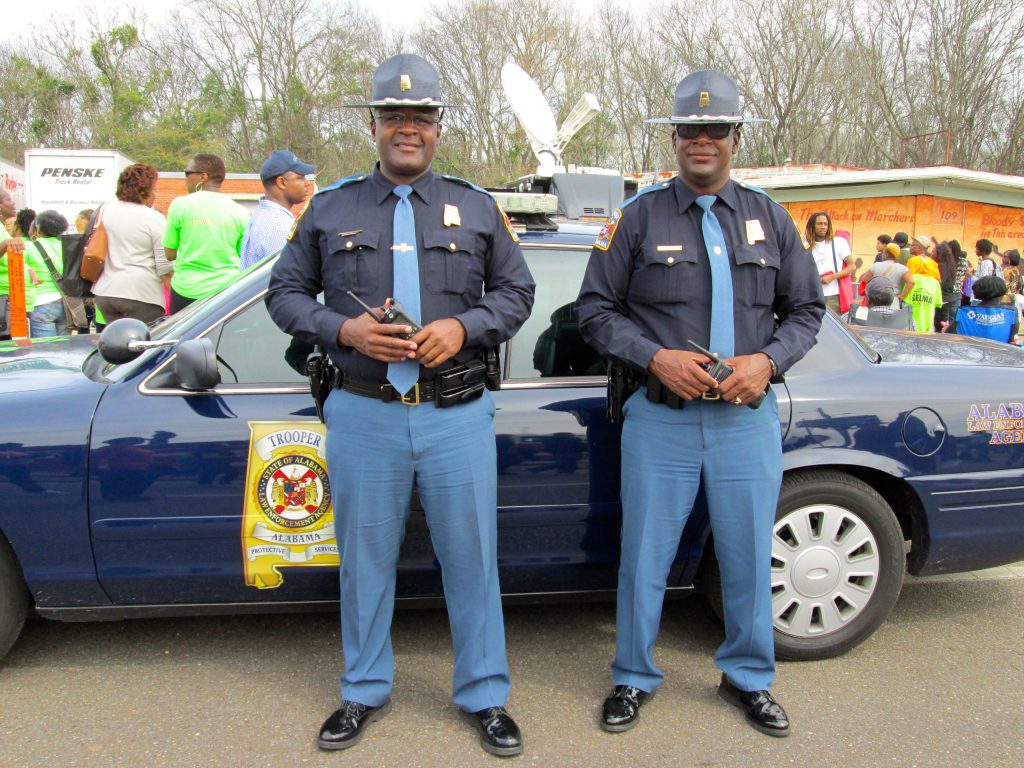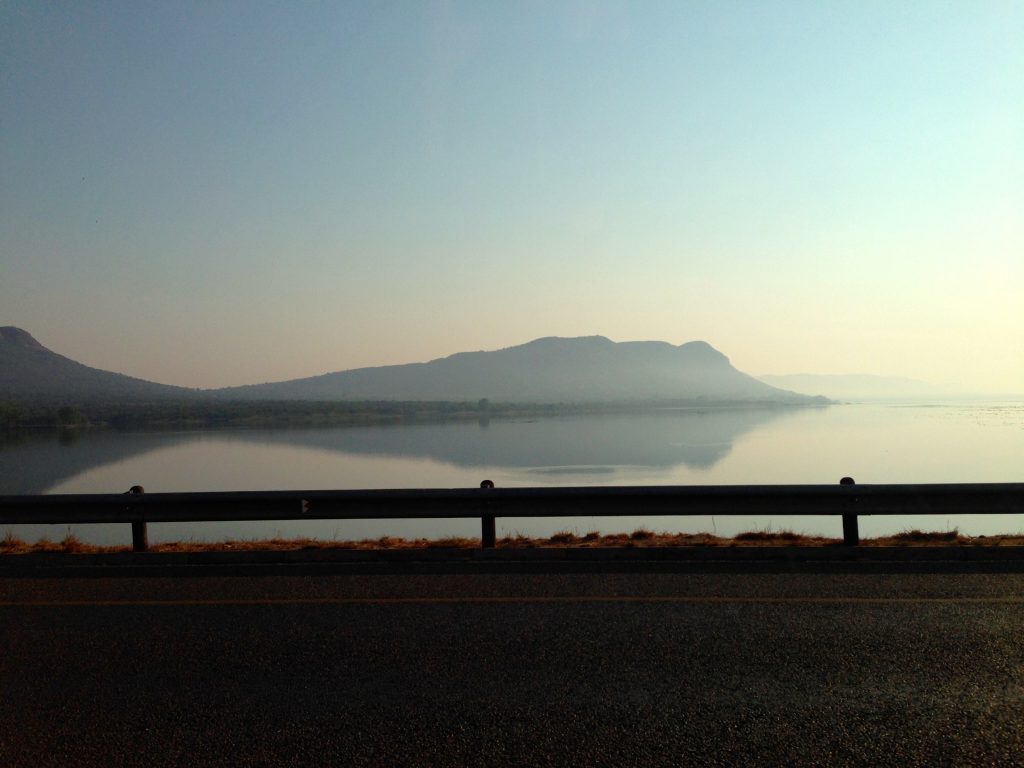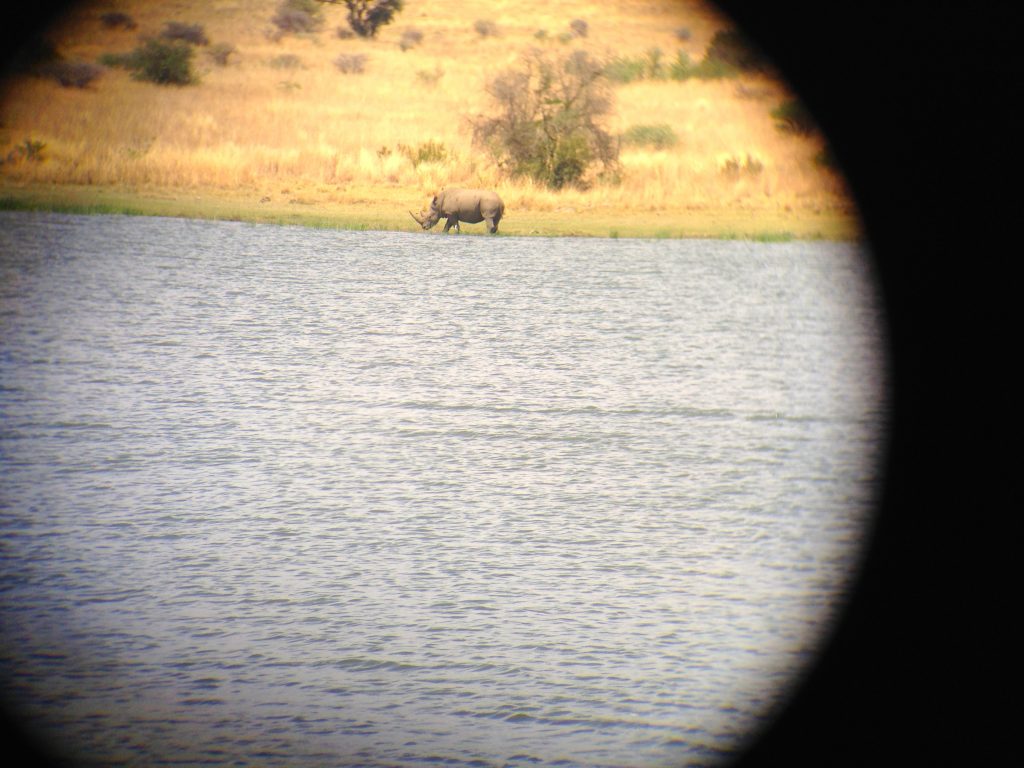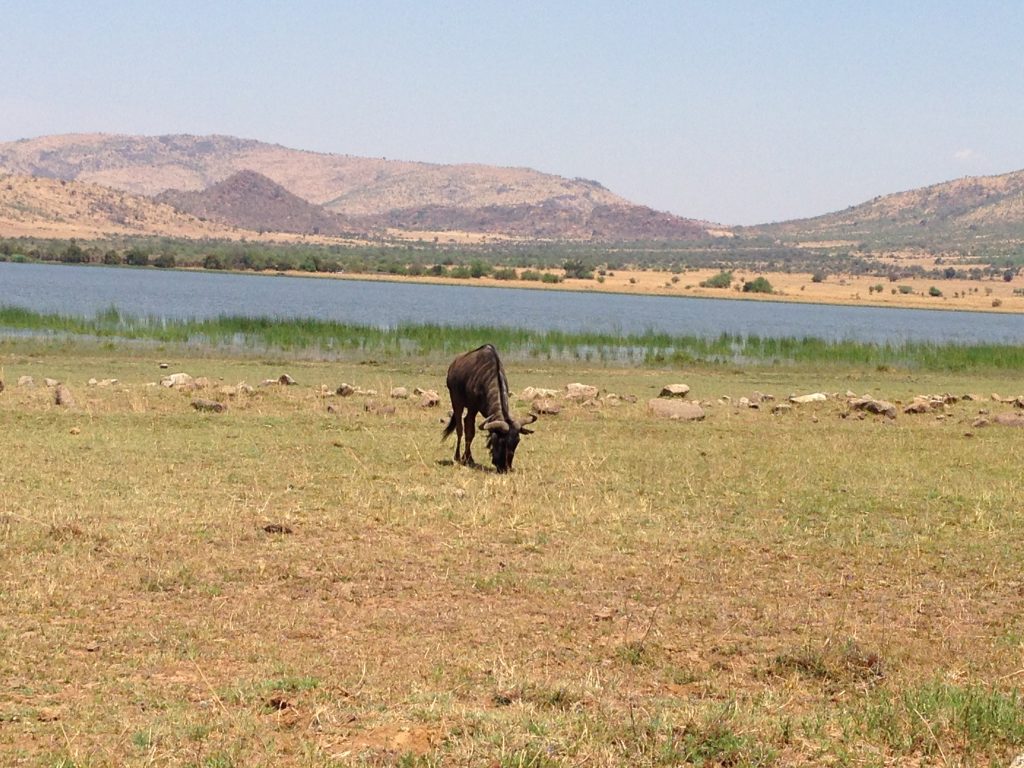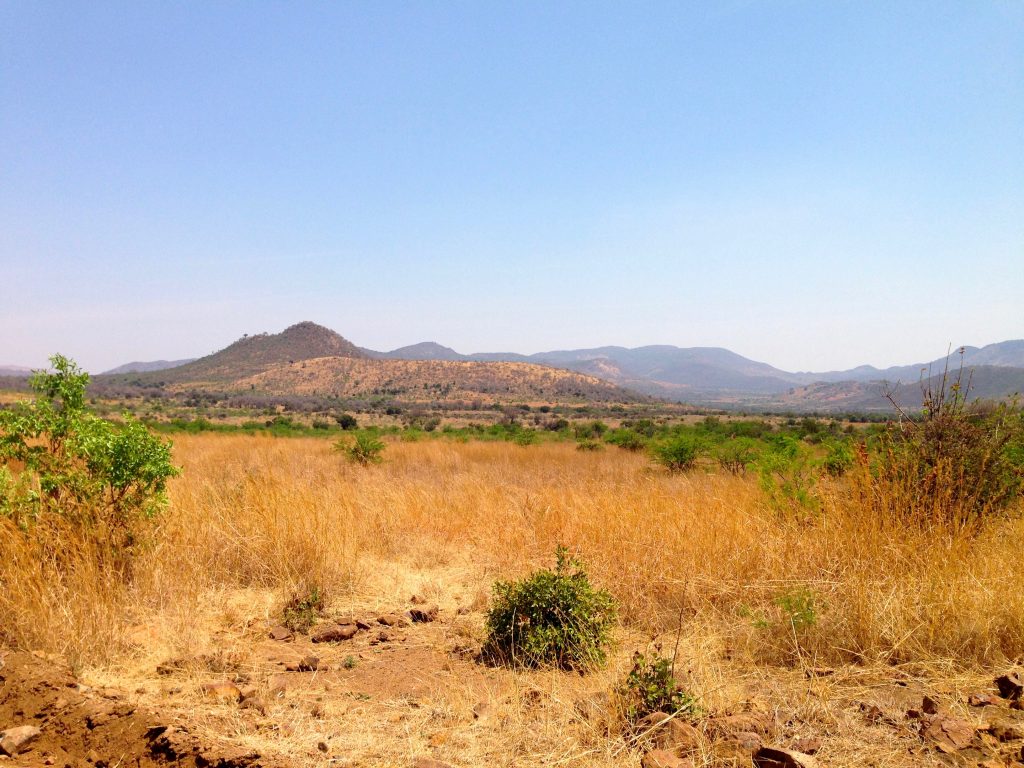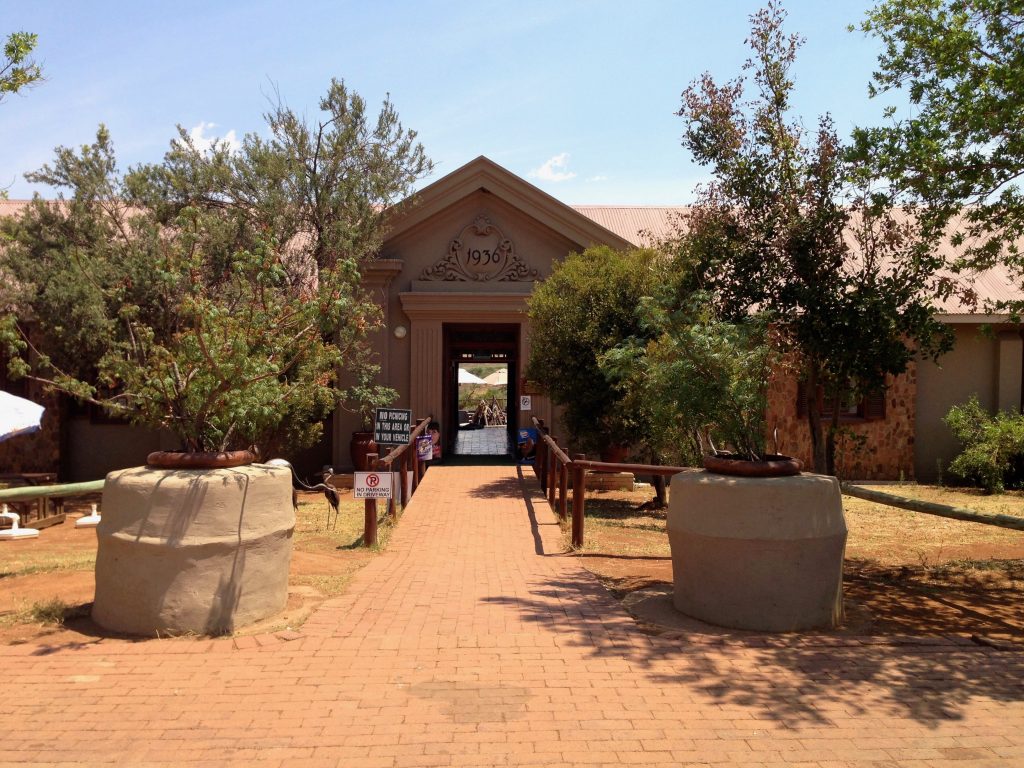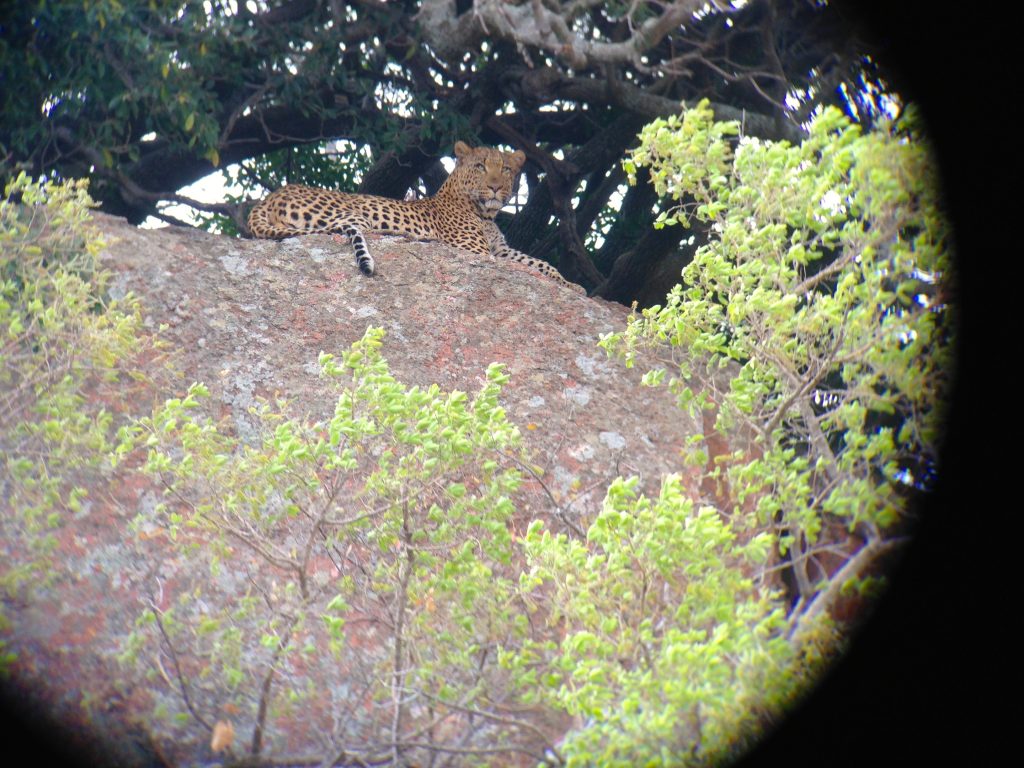Update 7/15/16: My short trip to Selma last month, during which I asked a few people about the name change, suggested that people seem to share my view that the name should remain the same, a perspective shared by Selma native and Birmingham Congressional representative, Terri Sewell, and John Lewis.
There has been a lot of interest (in my facebook feed and elsewhere) lately about the names of historic buildings lately, especially those on college campuses. Many universities, particularly those in the South, are home to buildings named after Confederate military figures or politicians whose beliefs were deeply racist and segregationist, or who were members of the Ku Klux Klan and participated in lynchings and other forms of racial violence. This phenomenon is not restricted to universities, though they tend to get more press. I live around the corner from a subdivision called Forrest Pointe (named for Nathan Bedford Forrest, first Grand Wizard of the KKK and a slave trader before the Civil War) that was built sometime in the late 90s/early 2000s. Where I grew up in Northern Virginia, the main highway through town was named after Harry Byrd, a prominent Virginia politician and avowed white supremacist who led a massive resistance campaign that shut down public schools in several counties rather than desegregate them.
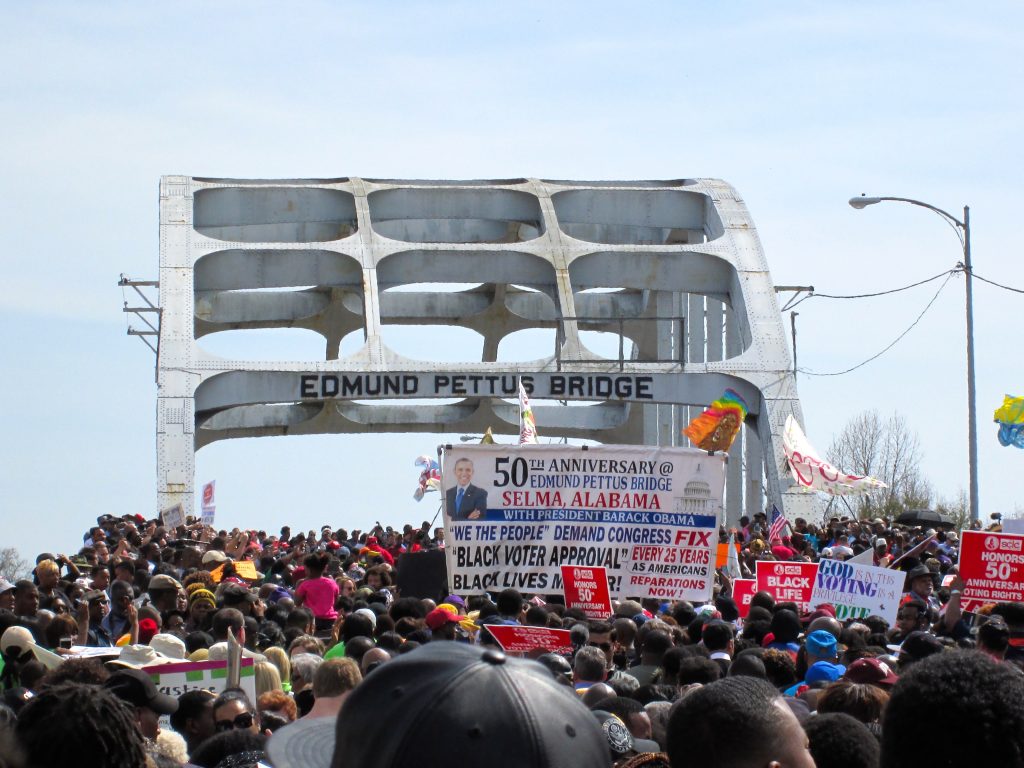
Yesterday, I read an article about a current effort to rename the Edmund Pettus Bridge in Selma, Alabama. The proposed name is the Journey to Freedom Bridge.
I am usually on board with renaming buildings with racist origins. Often these names were chosen both to honor the legacy of an individual and to send a message about the space occupied by the building. Naming a site after a known white supremacist told people of color that they did not belong in a public space and so upheld institutionalized racism and white supremacy. The renaming process, when done thoughtfully, can be an important tool for interrogating both institutionalized racism and the history of a site, like the “See the Stripes” campaign at Clemson University. The “thoughtful” part is key, because it is equally important to avoid whitewashing history and erasing the white supremacist or segregationist history of a place.
I have mixed feelings about renaming the Edmund Pettus Bridge, which probably seems hypocritical given my visceral opposition to anything being named for Nathan Bedford Forrest. Edmund Pettus was, after all, a Grand Dragon of the KKK. But like all historians, I think these things have to be taken in context. I’ve always thought there was some delicious irony and poetic justice in the idea that an avowed white supremacist’s name is best known for its association with a pivotal moment in the struggle for equality and voting rights. From my perspective, it makes the bridge an even more powerful symbol, as well as a reminder of how far we still have to go.
I’m glad to see people becoming engaged in important questions about the symbolic power of names and words. I’m heartened to see people connecting with this story in a personal way. I’m left wondering, though, how activists from Selma see this change? Is this progress, or simply writing over an uncomfortable juxtaposition of values? How do Selmians view the change? What does John Lewis think about it? I’ll be asking folks when I’m in Selma later this month, and I’ll try to update this post if I get any good feedback.
